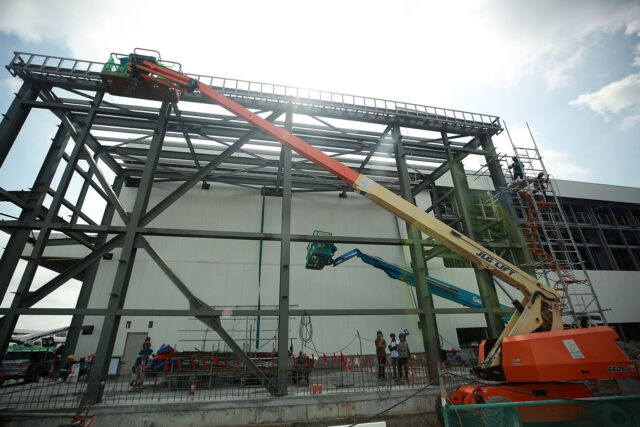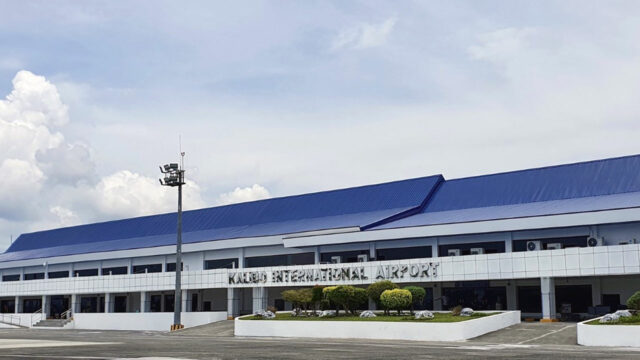ADB approves $1.45-B loan for Malolos-Clark railway project

The Asian Development Bank (ADB) has greenlit a $1.45-billion loan for the Philippines government’s railway project connecting Malolos to Clark International Airport.
“The Malolos–Clark Railway Project is one of ADB’s biggest project financing in the entire Asia and Pacific region. We are proud to partner with the government in making the vision of a world-class mass transportation system in the country a reality,” ADB Philippines Country Director Pavit Ramachandran said in a statement.
“This major transformative project will spur more investments, create jobs, and contribute to sustaining the country’s growth momentum,” he said.
The $1.45 billion is the second and final tranche of the ADB’s multi-tranche financing facility for the Malolos-Clark Railway Project. The first tranche of $1.3 billion was approved by the ADB in 2019, and has now been fully utilized.
The project covers a 53.1-kilometer segment of the 163-kilometer North–South Commuter Railway (NSCR). It will connect Malolos, Bulacan with the Clark International Airport.
“(The project) will reshape mass transportation in the country using disaster-resilient design and high-technology construction methods,” the ADB said.
The Malolos-Clark railway will feature three types of commuter service — regular commuter trains, express trains with stops at high-volume stations and the country’s first airport express trains.
The Japan International Cooperation Agency is also co-financing the railway project.
ADB is also financing the South Commuter Railway Project of the NSCR system.
In a separate interview with reporters on April 10, Mr. Ramachandran said the ADB is eying to approve loans worth $4 billion for 2025.
This already includes the $1.45 billion loan for the Malolos-Clark railway, as well as financing for government programs in transportation, sustainability and health.
Also up for approval is the $400-million Reducing Food Insecurity and Undernutrition with Electronic Vouchers (REFUEL) project will also support the Walang Gutom Program (WGP).
“We have the support to the Walang Gutom, the food voucher program, which we hope to have approved by quarter two this year. That’s another major investment,” he said.
The project will support the government’s initiative to provide monthly vouchers in the form of electronic benefit (EBT) cards to 750,000 food-insecure households nationwide.
Mr. Ramachandran also expects the approval of the $400 million Marine Ecosystems for Blue Economy Development Program, aimed at fostering resilient coastal and marine ecosystems.
The “blue” economy refers to the responsible use of ocean resources to foster economic growth, improve livelihoods, and ensure the long-term sustainability of marine ecosystems.
The ADB also expects to approve the $300 million loan to support the Philippines’ universal health care program.
“We have continued to work on the access project with DOH (Department of Health), so this will be support for specialty health centers, primary health care, the BUCAS units (Bagong Urgent Care and Ambulatory Services), and so basically rolling out health care facilities in the provinces and local government units,” Mr. Ramachandran said.
The ADB in September said it is allocating $24 billion in lending to the Philippines for 2024 to 2029. – A.R.A. Inosante













